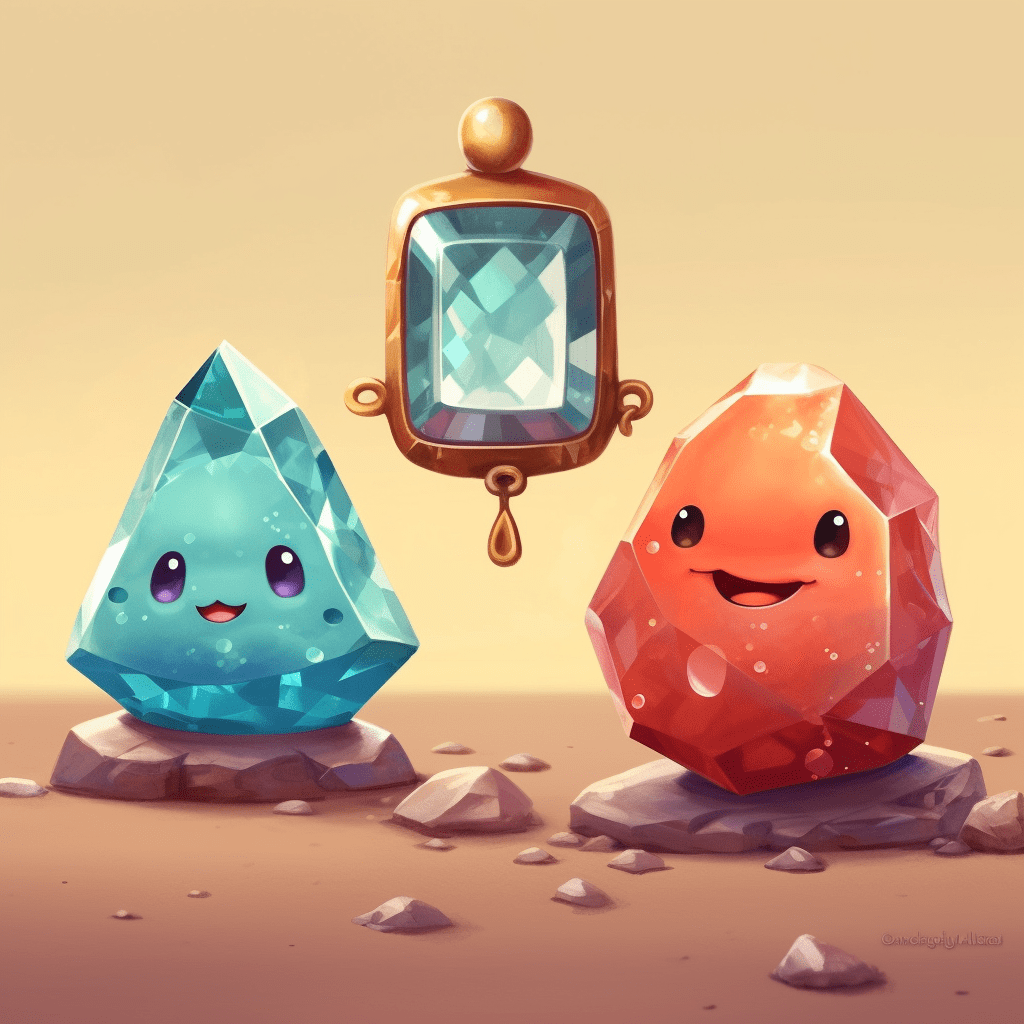The burgeoning world of non-fungible tokens (NFTs) has taken the digital landscape by storm, and with its rapid growth, it has brought a myriad of new terms and concepts. Whether you’re an artist looking to tokenize your work, a collector seeking rare digital items, or an enthusiast exploring blockchain technology, understanding the terminology in this space is crucial. So, let’s start decrypting the evolving language of NFTs.

Decoding the Basics: NFTs, Blockchain, and CryptoArt
A non-fungible token, or NFT, is a unique type of digital asset that represents ownership of a specific item or piece of content, and it’s stored on a blockchain, which is a decentralized and secure digital ledger. Unlike cryptocurrencies such as Bitcoin or Ethereum, which are fungible and can be exchanged on a one-for-one basis, NFTs are unique and aren’t interchangeable.
A term you’ll often hear in the same breath as NFTs is CryptoArt. It refers to digital artwork that has been tokenized as an NFT. The tokenization process creates a digital certificate of ownership that can be bought, sold, or traded on various NFT marketplaces.
Minting and Gas Fees
When a digital item is tokenized into an NFT on a blockchain, it’s often referred to as ‘minting.’ The minting process involves converting a digital file into an NFT by uploading it onto the blockchain.
While minting, you’ll encounter another term: ‘gas fees.’ In the context of NFTs, gas fees are the costs required to successfully conduct a transaction or execute a contract on the Ethereum blockchain, which is the most commonly used blockchain for creating NFTs. These fees compensate for the computational energy needed to validate and record transactions on the blockchain.
Proof of Ownership and Smart Contracts
Proof of ownership is a crucial aspect of NFTs, and it’s facilitated by the blockchain. When you buy an NFT, proof of your ownership is stored on the blockchain, and it can’t be altered or removed.
A vital component that enables the unique features of NFTs, including proof of ownership, is ‘smart contracts.’ These are self-executing contracts with the terms of the agreement directly written into code. They automatically execute actions (like transferring ownership) when certain conditions are met.
Crypto Wallets and Wallet Connect
Crypto wallets are digital wallets used to store, send, and receive digital currency like Ethereum. They are essential for buying or selling NFTs. Wallet Connect, on the other hand, is an open protocol for connecting desktop DApps to mobile wallets using end-to-end encryption by scanning a QR code. With Wallet Connect, you can interact with any DApp without exposing your private keys and compromising your assets’ security.
Royalties and Fractional Ownership

Royalties are a game-changing feature in the NFT space, providing ongoing earnings for creators. It’s a percentage of NFT resales that get paid to the original creator. This system allows artists to benefit from the increased value of their work over time.
Another innovative concept introduced by NFTs is ‘fractional ownership.’ This feature enables an expensive NFT to be split into smaller, more affordable pieces, opening the way for multiple people to invest in a single high-value NFT. Fractional ownership has democratized access to high-cost NFTs that would otherwise be out of reach for many individuals.
The Wild West of Virtual Land and Metaverses
Just when you thought NFT terminology couldn’t get more fascinating, we venture into the virtual realm of digital real estate and metaverses. ‘Virtual Land’ refers to parcels of land within blockchain-based virtual worlds, like Decentraland or Cryptovoxels. These plots of land are tokenized as NFTs and can be bought, sold, and built upon, just like physical real estate.
A ‘metaverse’ is a collective virtual shared space, created by the convergence of virtually enhanced physical and digitally constructed reality, in essence, a universe of digital twins. In these metaverses, users can interact with each other in real-time, creating an entirely new dimension of digital existence.
The Road Ahead: Evolving with the NFT Ecosystem
As with any emergent technology, the language of NFTs continues to evolve alongside the technology itself. New terms and concepts will invariably continue to crop up as the technology develops and innovates. From ‘staking’ (earning rewards for participating in a blockchain network) to ‘yield farming’ (maximizing returns using different DeFi protocols), there’s a lot to keep up with.
Understanding NFTs Beyond the Buzzwords

Grasping NFT terminology is about more than just understanding the buzzwords. It’s about gaining a solid footing in this rapidly evolving digital landscape. These terms and concepts provide the scaffolding you need to navigate the NFT space with confidence, whether you’re a creator, collector, or casual enthusiast.
Indeed, the language of NFTs, like the technology itself, is in a state of flux. But one thing remains certain: As NFTs continue to disrupt traditional notions of ownership, authenticity, and value, the lexicon around them will continue to expand and enrich our understanding of this transformative technology.
Stay curious, stay updated, and remember — in the exciting, often puzzling world of NFTs, understanding the lingo is half the battle.
